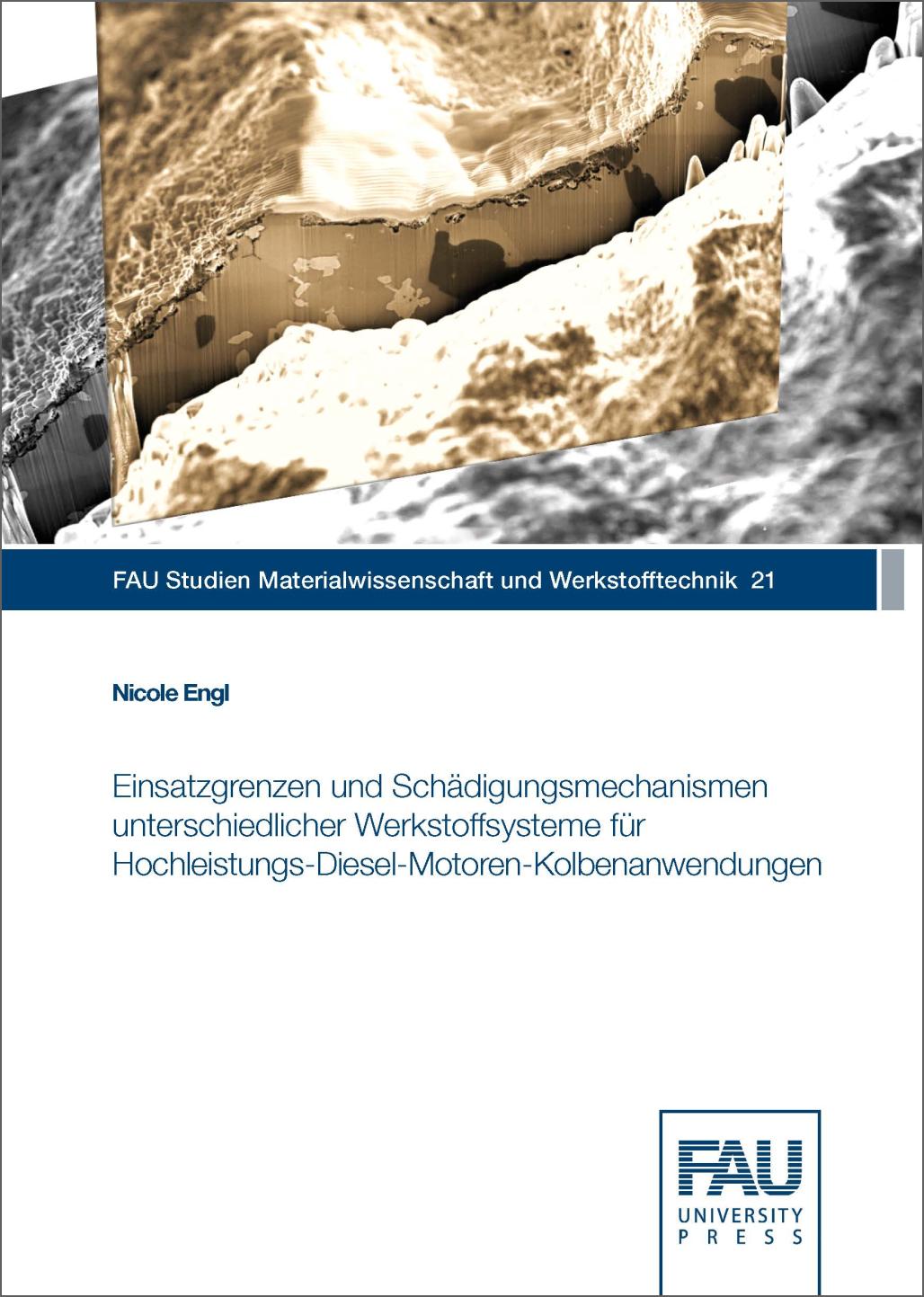Description
To improve the fuel efficiency, engine manufacturers are working on downsizing concepts of vehicle engines while also increasing their performance. This has resulted in the steady increase in the specific performance (kW/l) of passenger car and truck engines. Unfortunately, new types of damage have been identified in aluminum pistons operating in these advanced engine environments. To understand these mechanisms the Bayerische Forschungsstiftung's joint project "Heat transfer to high-performance diesel engine pistons" focused on the interaction between the burning diesel spray and the piston. In addition, the spatial temperature distribution within the piston bowl rim was determined by comparing the microstructure of tested engine components to isothermally heat-treated specimens as a function of time at high temperatures. The limits of application of current aluminum pistons, in both passenger cars and in trucks, were first examined. However at temperatures above 420 °C in both alloys, undesired phase transformations were observed due to the increased diffusion of copper and silicon. Two approaches were considered to extend the application temperatures of these aluminum alloys. In the first approach, the bowl rim was selectively re-melted, however this led to a new type of damage when the operating temperatures in test engines were increased. Namely, a porous near-surface structure arises due to diffusion processes along grain boundaries. The porous structure is then removed erosively by the impinging diesel spray, which leads to a roughened structure, similar to an elephant’s skin. Thus, a maximum operating temperature of 420 °C could be defined for the investigated aluminum piston alloys. In the second approach, the performance of the alloys with the thermal barrier coatings was promising, however inhomogeneous layer distribution prevented continued testing of the samples. In addition to aluminum alloys, a 42CrMo4 and a 38MnVS6 steel were tested for their suitability as future piston material. Creep and engine tests allowed maximum operating temperatures of 500 °C for the 42CrMo4 and 550 °C for the 38MnVS6. At higher temperatures, the 38MnVS6 steel showed comparable or higher mechanical properties than tempered 42CrMo4 steel. In summary, of all the materials investigated in this work, the two steels examined showed the greatest potential for future intended service temperatures and loads in high performance engines.


Reviews
There are no reviews yet.